TP-Link Jetstream TL-SG2008P 8-Port Gigabit Smart Switch mit 4 PoE+ Ports 62W* Desktop/Wand Metallgehäuse Schwarz (USED_A)
88,74 € inkl. MwSt.
Nicht vorrätig
Hinweis:
Hierbei handelt es sich um Originalware mit voller Herstellergarantie ab Kaufdatum.
Zustand: USED_A (Wie NEU)
Verpackung wurde geöffnet; Zubehör vollständig vorhanden; geprüft & getestet; Werkszustand;
- 58W PoE-Leistung: 4× IEEE802.3at/af-konforme PoE+ Ports mit einer Gesamtleistung von bis zu 62 W*.
- Alles Gigabit Ports: 4× Gigabit-PoE+Ports und 4× nicht-PoE-Gigabit-Ports ermöglichen Hochgeschwindigkeitsverbindungen
- Im Omada-SDN integriert: Zero-Touch Provisionierung(ZTP)**, zentralisiertes Cloud-Management und intelligentes Monitoring.
- Zentralisiertes Management: Der Cloudzugriff und die Omada-App ermöglichen eine sehr konfortable, einfache Verwaltung.
- Solide Sicherheitsstrategien: IP-MAC-Port Binding, ACL, Port Security, DoS Defend, Storm Control, DHCP Snooping, 802.1X, Radius Authentication, und vieles mehr.
- Optimierte Voice- und Video-Anwendungen: L2/L3/L4 QoS und IGMP Snooping.
Produktfunktionalitäten
Erweitern Sie Ihr bestehendes Netzwerk zu Hause oder im Büro mit dem TP-Link TL-SG2008P 8-Port Switch. Er besitzt vier PoE+-Ports und eine Gesamtleistung von bis zu 62 Watt. Dank seines lüfterlosen Designs ist ideal für geräuschempfindliche Umgebunden geeignet.
Software Defined Networking (SDN) mit Cloudzugriff
Die Omada SDN (Software Defined Networking) intrgriert Netzwerkinfrastrukturprodukten, wie die Accesspoints, Switches und Gateways um ein 100% zentralisiertes Cloudmanagement zu ermöglichen. Omada ermöglicht hoch skalierbare Netzwerke, die alle von einer einzigen Oberfläche aus gesteuert werden. So werden gleichzeitig WLAN- und LAN-Verbindungen nahtlos zur Verfügung gestellt um ein optimales Netzwerk für das Gastgewerbe, Bildungseinrichtungen, Einzelhandel, Büros zu erstellen.
IEEE 802.3at/af-kompatibles Power over Ethernet
Der TL-SG2008P verfügt über 4 x 10/100/1000Mbps-RJ45-Ports, die 802.3at/af-kompatibles PoE+ mit einer Gesamtleistungsabgabe von 58W liefern, um 802.3at/af-kompatible Powered Devices zu speisen. Der TL-SG2008P stellt eine kompakte, flexible Lösung dar, um Accesspoints oder IP-Kameras in kleinen Unternehmensnetzen über PoE zu betreiben.
Üppige Layer-2-Features
Für weitere Layer-2-Switch-Anwendungen unterstützt der TL-SG2008P die komplette Reihe der Layer-2-Features wie 802.1Q-Tag-VLAN, Portisolierung, Port-Mirroring, STP/RSTP/MSTP, Link-Aggregation sowie Flusskontrolle nach IEEE802.3x. Zudem bietet der Switch erweiterte Funktionen für die Netzwerkpflege, wie Loopback-Erkennung, Kabeldiagnose und IGMP-Snooping. IGMP-Snooping stellt sicher, dass der Switch den Stream in intelligenter Weise nur an die entsprechenden Abonnenten weiterleitet, wogegen IGMP-Drosselung & Filterung unautorisierten Multicast-Zugriff der User auf Port-Ebene verhindern.
IPv6-Unterstützung
DerTL-SG2008P unterstützt verschiedene IPv6-Funktionen wie Dual-IPv4/IPv6-Stack, MLD-Snooping, Path-Maximum-Transmission-Unit-Discovery (PMTU) und IPv6-Neighbor-Discovery.
Erweiterte QoS-Merkmale
Der Switch verfügt über umfassende QoS-Eigenschaften für die Integration von Sprach-, Daten- und Videodiensten in einem Netzwerk. Der Administrator legt die Priorität des Verkehrs basierend auf mehreren Variablen fest, u. a. Port-, 802.1P- und DSCP-Priorität, um sicherzustellen, dass die Sprach- und Videoübertragung immer klar, reibungslos und frei von Störungen ist.
Management-Features auf Unternehmensebene
Der TL-SG2008P ist benutzer- und verwaltungsfreundlich. Er unterstützt viele benutzerfreundliche standardmäßige Managementfunktionen, z. b. die intuitive, webbasierte grafische Benutzeroberfläche (GUI) oder die branchenübliche Befehlszeilenschnittstelle (CLI), SNMP (v1/2/3) sowie RMON-Support für den Abruf wertvoller Statusinformationen über den Switch und Versand von Traps zu abnormalen Ereignissen.
Eine umfassende IPv6-Unterstützung stellt eine problemlose Migration zu IPv6 sicher.
Weiterhin unterstützt der Switch Dual-Image, was zu verringerter Downtime führt, wenn die Firmware aktualisiert wird.
________________________________________________
*Die PoE-Leistung basiert auf Laborbedingungen. Die tatsächliche, maximale PoE-Leistung kann nicht garantiert werden, da sie von der Einsatzumgebung und dem PoE-Client abhängt.
**Zero-Touch Provisionierung benötigt den cloudbasierten Omada Controller
Spezifikationen
HARDWARE-FUNKTIONEN |
|
|---|---|
| Standards und Protokolle | IEEE 802.3i, IEEE 802.3u, IEEE 802.3ab, IEEE 802.3ad, IEEE 802.3af, IEEE 802.3at, IEEE 802.3x, IEEE 802.1d, IEEE 802.1s, IEEE 802.1w, IEEE 802.1q, IEEE 802.1p, IEEE 802.1x |
| Schnittstelle | • 8× 10/100/1000 Mbps RJ45 Ports (Ports 1–4 Support 802.3at/af PoE+) • Auto-Negotiation/Auto MDI/MDIX |
| Kabel | • 10BASE-T: UTP category 3, 4, 5 cable (maximum 100m) • 100BASE-TX/1000Base-T: UTP category 5, 5e or above cable (maximum 100m) |
| Anzahl Lüfter | Fanless |
| Spannungsversorgung | • External Power Adapter (Output: 53.5 VDC/ 1.31 A) |
| Energieverbrauch | • 7.9 W (220 V/50 Hz) (no PD connected) • 79.2 W (220 V/50 Hz) (with 62 W PD connected) |
| PoE-Ports | • Standard: 802.3af/at compliant • PoE Ports: 4 Ports • Power Supply: 62 W* |
| Abmessungen (B*T*H) | 8.2 x 4.9 x 1.0 in (209 x 126 x 26mm) |
PERFORMANCE |
|
| Switchingkapazität | 16 Gbps |
| MAC-Adresstabelle | 8k |
| Paketpufferspeicher | 4.1 Mbit |
| Jumbo-Frames | 9 KB |
SOFTWARE-FUNKTIONEN |
|
| Quality of Service | • 802.1p CoS/DSCP priority • 8 priority queues • Priority Schedule Mode – SP (Strict Priority) – WRR (Weighted Round Robin) • Queue Weight Config • Bandwidth Control – Port/Flow-based Rating Limit • Smoother Performance • Storm Control – Multiple Control Modes(kbps/ratio) – Broadcast/Multicast/Unknown-Unicast Control |
| Layer2- und Layer2+-Funktionen | • DHCP Relay – DHCP VLAN Relay • DHCP L2 Relay • Link Aggregation – Static link aggregation – 802.3ad LACP – Up to 8 aggregation groups and up to 8 ports per group • Spanning Tree Protocol – 802.1D STP – 802.1w RSTP – 802.1s MSTP – STP Security: TC Protect, BPDU Filter/Protect, Root Protect • Loopback Detection • Flow Control – 802.3x Flow Control • Mirroring – Port Mirroring – CPU Mirroring – One-to-One – Many-to-One – Flow-Based – Ingress/Egress/Both • Device Link Detect Protocol (DLDP) • 802.1ab LLDP/ LLDP-MED |
| Layer2-Multicast | • 511 IPv4, IPv6 shared multicast groups • IGMP Snooping – IGMP v1/v2/v3 Snooping – Fast Leave – IGMP Snooping Querier – Static Group Config • Multicast VLAN Registration (MVR) • Multicast Filtering • MLD Snooping – MLD v1/v2 Snooping – Fast Leave – MLD Snooping Querier – Static Group Config • Limited IP Multicast (256 profiles and 16 entries per profile) |
| IPv6 Support | • IPv6 Dual IPv4/IPv6 • Multicast Listener Discovery (MLD) Snooping • IPv6 neighbor discovery (ND) • Path maximum transmission unit (MTU) discovery • Internet Control Message Protocol (ICMP) version 6 • TCPv6/UDPv6 • IPv6 applications – DHCPv6 Client – Ping6 – Tracert6 – Telnet (v6) – IPv6 SNMP – IPv6 SSH – IPv6 SSL – Http/Https – IPv6 TFTP |
| VLAN | • VLAN Group – Max. 4K VLAN Groups • 802.1Q tag VLAN • MAC VLAN • Protocol VLAN • GVRP • Voice VLAN |
| Zugriffskontrollliste | • Support up to 230 entries • Time-Range – Time Slice – Week Time-Range – Absolute Time-Range – Holiday • Time-based ACL • MAC ACL – Source MAC – Destination MAC – VLAN ID – User Priority – Ether Type • IP ACL – Source IP – Destination IP – IP Protocol – TCP Flag – TCP/UDP Source Port – TCP/UDP Destination Port – DSCP/IP TOS • IPv6 ACL • Combined ACL • Rule Operation – Permit/Deny • Policy Action – Mirror – Rate Limit – Redirect – QoS Remark • ACL Rules Binding – Port Binding – VLAN Binding • Actions for flows – Mirror (to supported interface) – Redirect (to supported interface) – Rate Limit – QoS Remark |
| Sicherheit | • AAA • 802.1X – Port-based authentication – MAC (Host) based authentication – Authentication Method includes PAP/EAP-MD5 – MAB – Guest VLAN – Support Radius authentication and accountability • IP/IPv6-MAC Binding – 512 Binding Entries – DHCP Snooping – DHCPv6 Snooping – ARP Inspection – ND Detection • IP Source Guard – 253 Entries – Source IP+Source MAC • IPv6 Source Guard – 183 Entries – Source IPv6 Address+Source MAC • DoS Defend • Static/Dynamic/Permanent Port Security – Up to 64 MAC addresses per port • Broadcast/Multicast/Unicast Storm Control – kbps/ratio control mode • Port Isolation • Secure web management through HTTPS with SSLv3/TLS 1.2 • Secure Command Line Interface (CLI) management with SSHv1/SSHv2 • IP/Port/MAC-based access control |
| MIBs | • MIB II (RFC1213) • Bridge MIB (RFC1493) • P/Q-Bridge MIB (RFC2674) • Radius Accounting Client MIB (RFC2620) • Radius Authentication Client MIB (RFC2618) • Remote Ping, Traceroute MIB (RFC2925) • Support TP-Link private MIBs • RMON MIB(RFC1757, rmon 1,2,3,9) |
VERWALTUNG |
|
| Omada App | Yes |
| Centralized Management | • Omada Cloud-Based Controller • Omada Hardware Controller (OC300) • Omada Hardware Controller (OC200) • Omada Software Controller |
| Cloud Access | Yes (Through OC300, OC200, Omada Cloud-Based Controller, or Omada Software Controller) |
| Management Features | • Web-based GUI • Command Line Interface (CLI) through telnet • SNMPv1/v2c/v3 • SNMP Trap/Inform • RMON (1,2,3,9 groups) • SDM Template • DHCP/BOOTP Client • Dual Image, Dual Configuration • CPU Monitoring • Cable Diagnostics • EEE • SNTP • System Log |
SONSTIGES |
|
| Zertifizierung | CE, FCC, RoHS |
| Verpackungsinhalt | • TL-SG2008P • Power Adapter • Installation Guide • Rubber Feet |
| Systemanforderungen | Microsoft® Windows® 98SE, NT, 2000, XP, Vista™ or Windows 7/8/10, MAC® OS, NetWare®, UNIX® or Linux. |
| Umgebung | • Operating Temperature: 0–40 ℃ (32–104 ℉); • Storage Temperature: -40–70 ℃ (-40–158 ℉) • Operating Humidity: 10–90% RH non-condensing • Storage Humidity: 5–90% RH non-condensing |
| Gewicht | 1,35 kg |
|---|---|
| EAN | 6935364072957 |
| Hersteller-Nr. | TL-SG2008P |
| Farbe | Schwarz |
| Marke | TP-Link |
| Hersteller | TP-LINK |
Nur angemeldete Kunden, die dieses Produkt gekauft haben, dürfen eine Bewertung abgeben.
Ähnliche Produkte
Router & Netzwerk Switche
TP-Link JetStream™ TL-SG3428X 24-Port Gigabit und 4-Port 10GE SFP+ L2+ Managed Switch Rackmount 19″
Router & Netzwerk Switche
Router & Netzwerk Switche
TP-Link TL-SG1024 24-Port Gigabit Netzwerk Switch unmanaged 19-Zoll-Rackmount Metallgehäuse Schwarz
Wireless Access Points
Router & Netzwerk Switche
Wireless Access Points
TK-Anlagen & Zubehör
Router & Netzwerk Switche

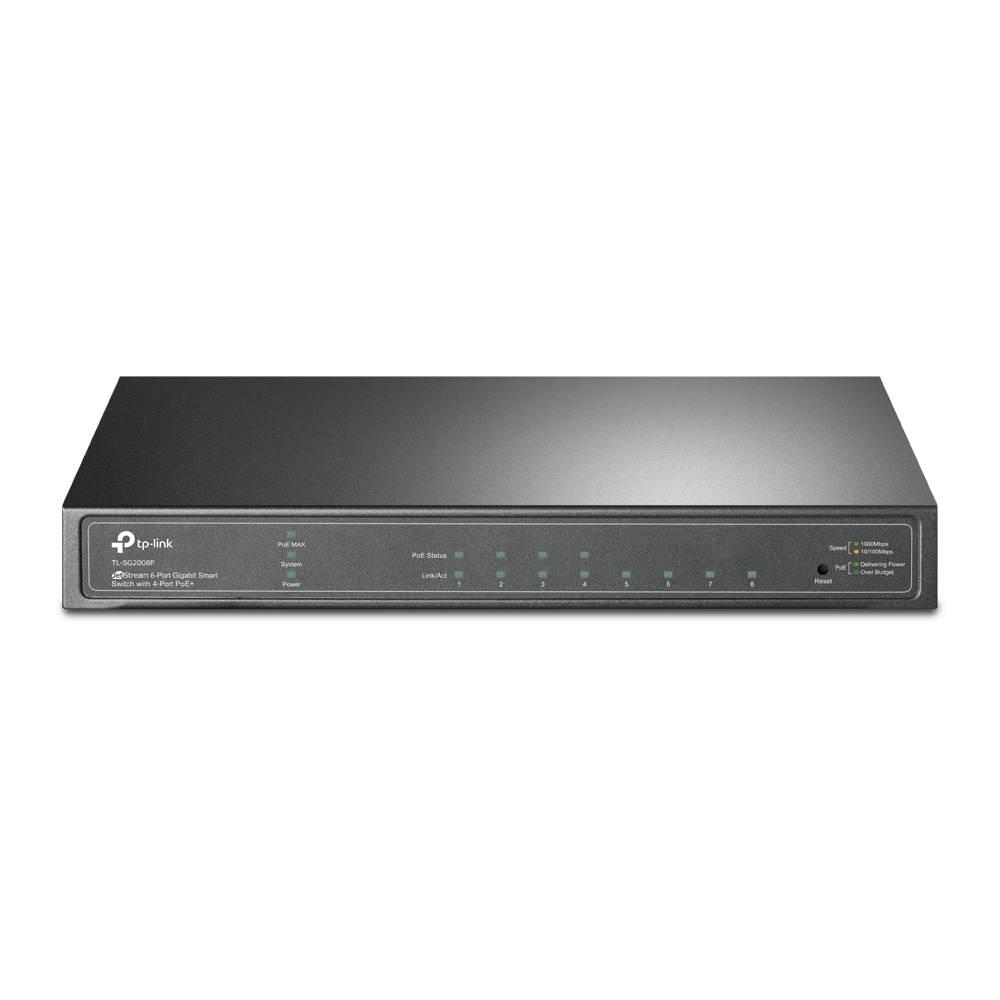
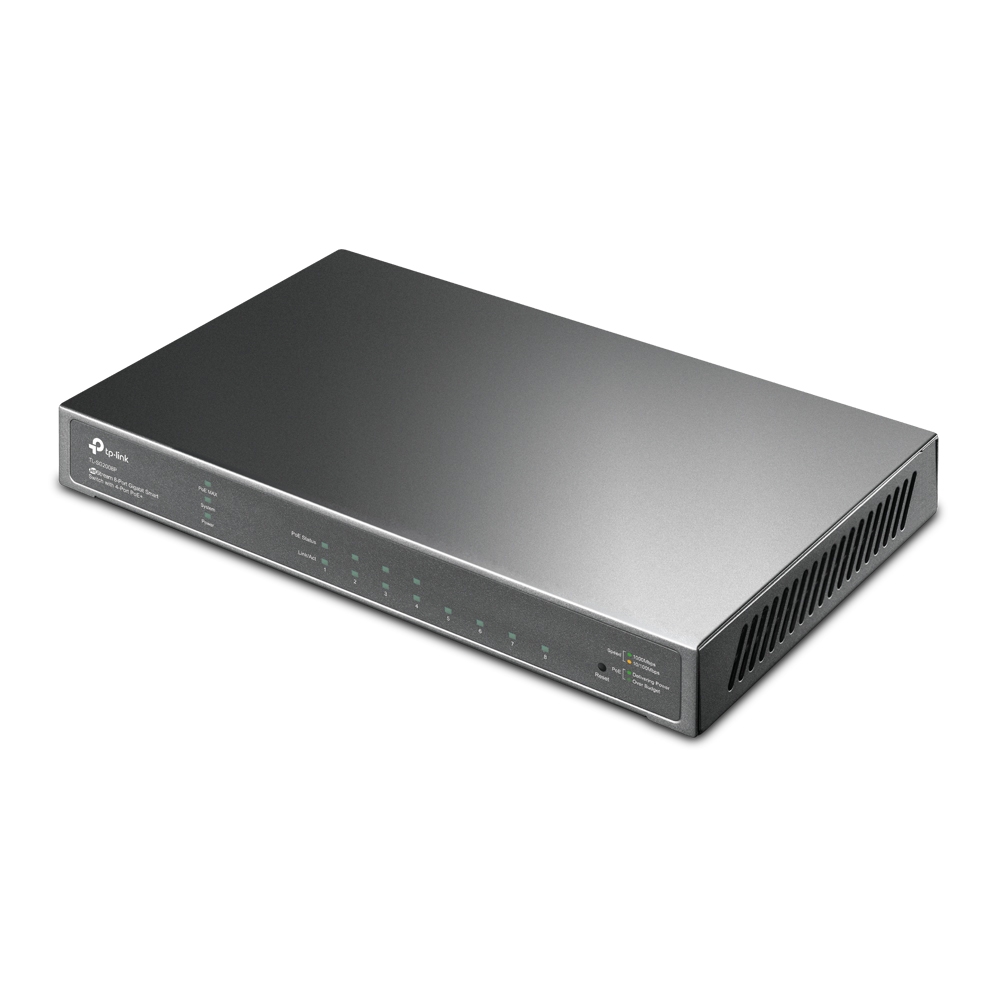
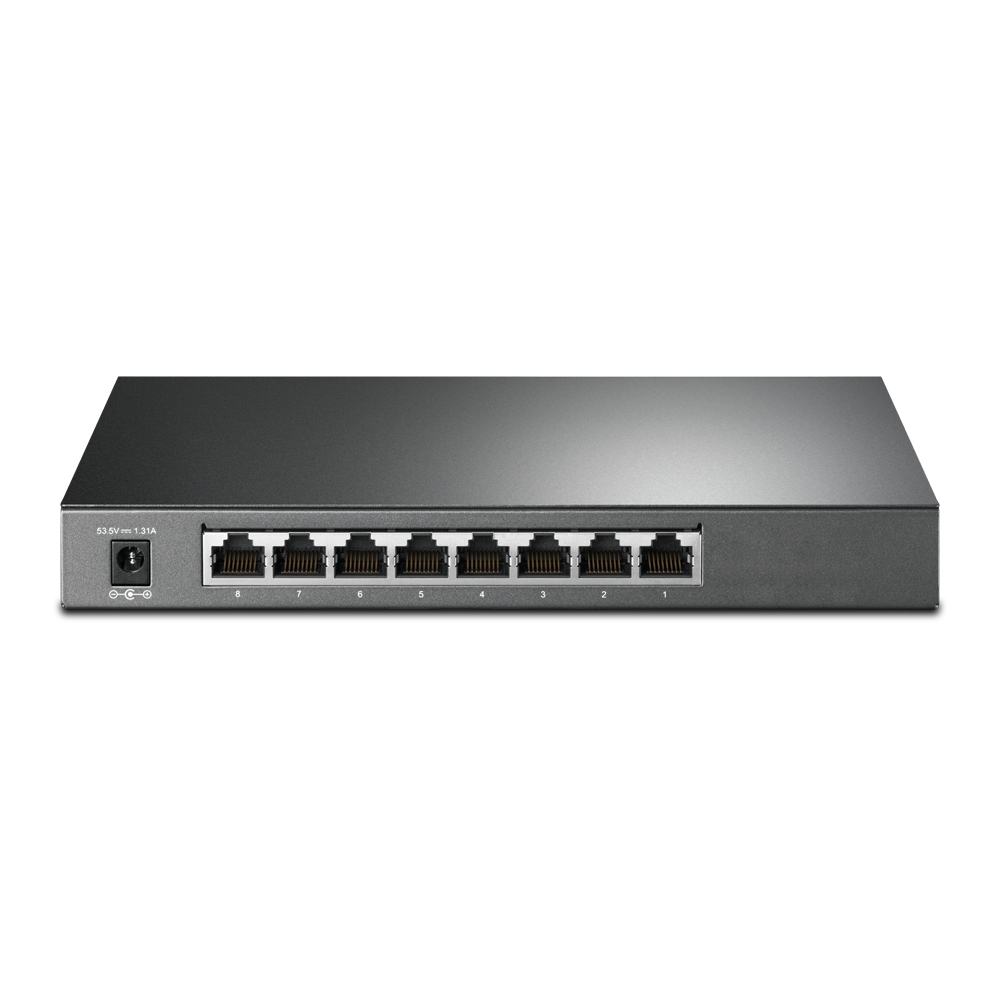
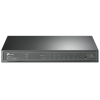
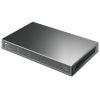
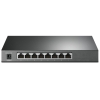
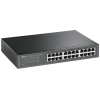
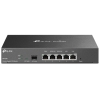
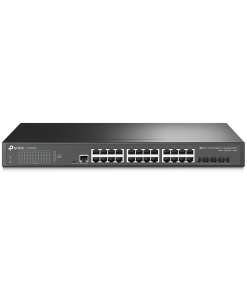
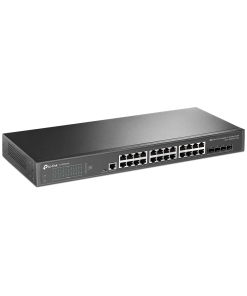
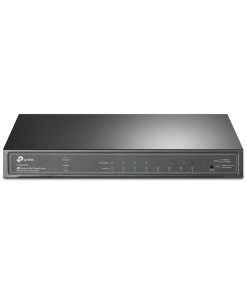
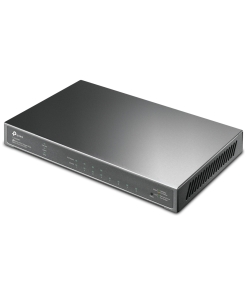
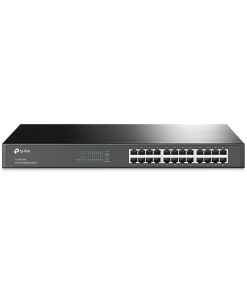
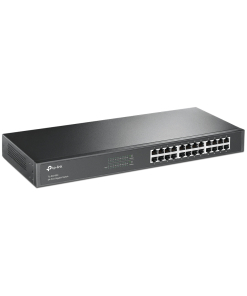
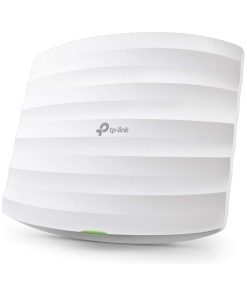
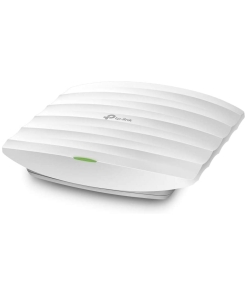
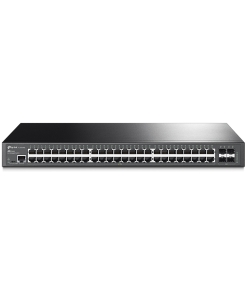
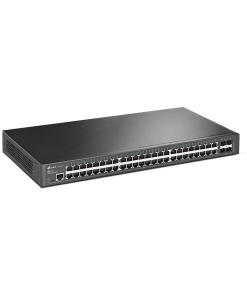


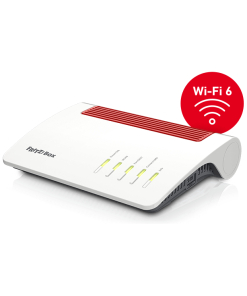
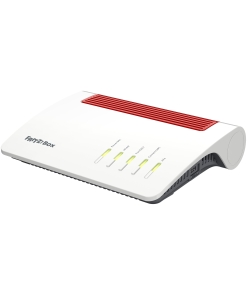
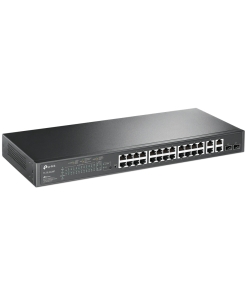
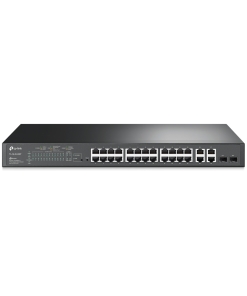
Bewertungen
Es gibt noch keine Bewertungen.